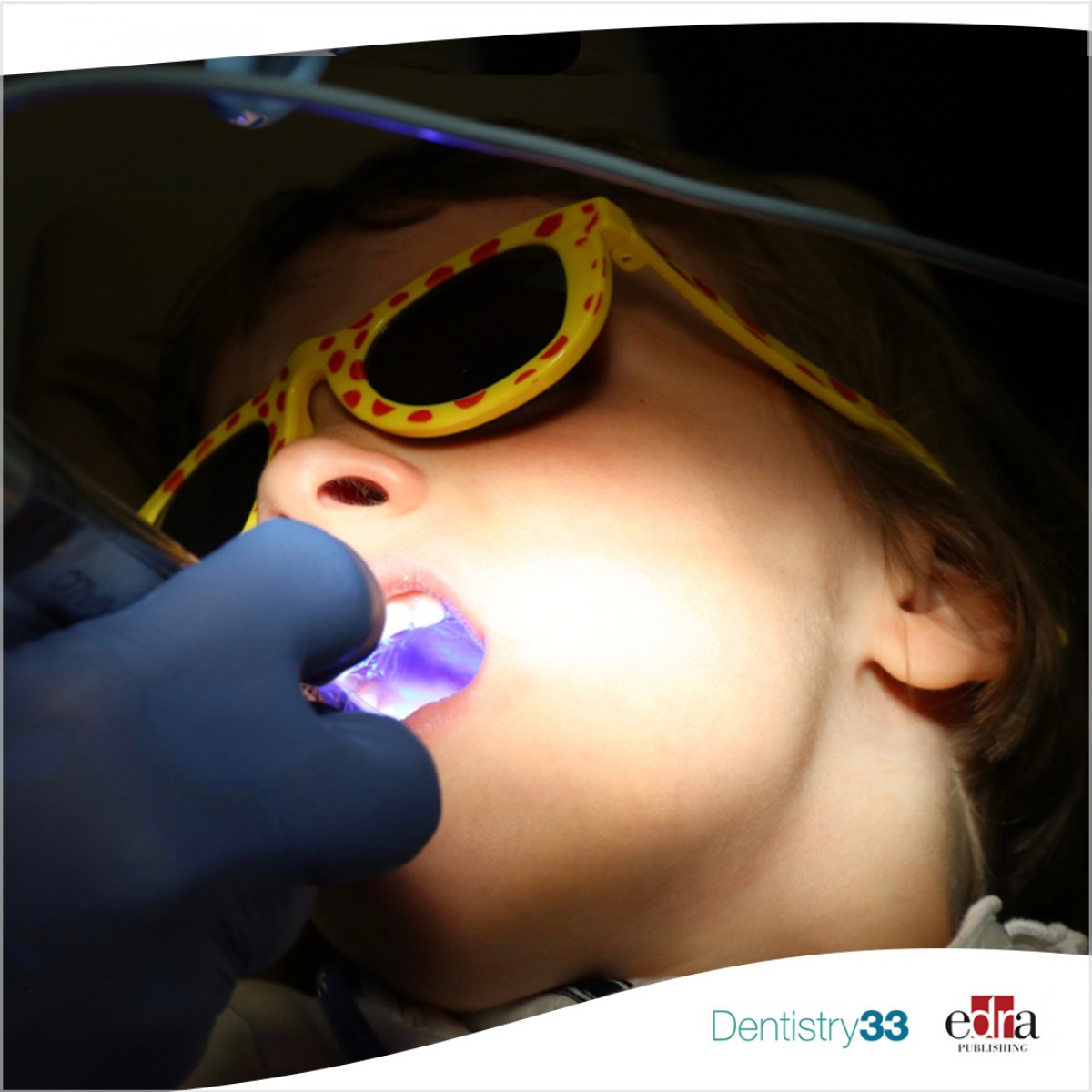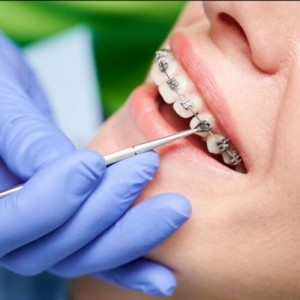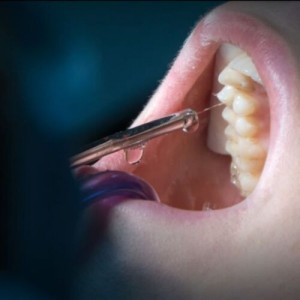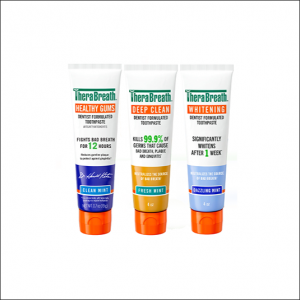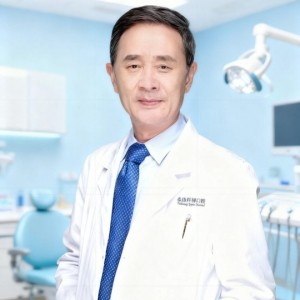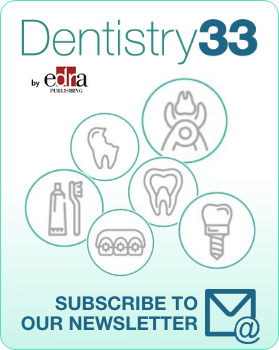
Effectiveness of sealing in first permanent molars adjacent to decayed teeth
Lara Figini
Dental caries in children remains a major health burden in most countries worldwide, underlining the need for additional cost-saving prevention and tissue conservation strategies.
Specifically, proximal surface lesions are a special challenge, as they cannot be easily prevented or cheaply treated. The risk of developing a carious lesion on the mesial surface of the first permanent molar (6m) increases significantly if caries is present on the distal surface of the near primary second molar (05d).
Microinvasive methods of caries prevention in proximal surfaces such as sealants or resin infiltration have provided encouraging results in clinical trials in children and young adults with varying levels of caries risk.
Resin infiltration has been shown to be effective for up to seven years. Unfortunately, to date there are no similar studies for resin sealing with observation times not exceeding 3.5 years.
By sealing the permanent first molars, it is possible to prevent or stop carious lesions affecting them when caries lesions are present in the adjacent deciduous second molars. However, long-term observation is needed to confirm.
Materials and methods
In a study published in the Journal of Dentistry, the authors evaluated, five years later, the efficacy of micro-invasive sealing of permanent sixths adjacent to carious deciduous second molars on preventing the development of carious lesions.
Children aged eight to 10 years at baseline who were at high risk of caries were included in the study. The children were divided into two groups:
Group P (preventive group), where children had carious lesions on the distal surface of the second primary molars (05d) but healthy mesial surfaces of the neighboring first permanent molars (6m).
Group T (therapeutic group), where the children had initial carious lesions on the first permanent molars (6m) bordering carious lesions on 05d.
Each child had a 05d/6m pair, and based on a split-mouth design, a 6m area in each pair was randomly assigned to receive the seal while the other pair served as the unsealed control.
Results
Of the 61 children at baseline, 42 could be blindly examined clinically and radiographically both at baseline and after 5 years.
In group P, eight of 28 (28.6%) sealed and 15 of 28 (53.6%) of unsealed first molar teeth developed carious lesions (p = 0.04).
In group T instead the progression of carious lesions on 6m was observed in 4 of 14 of sealed teeth (28.6%) and in 8 of 14 (57.1%) of unsealed teeth (p = 0.29).
The difference between sealed and unsealed surfaces was significant (p = 0.013).
Conclusions
From the data of this study, it can be concluded that sealing in the first permanent molars adjacent to a lesion on the second deciduous molars have both preventive and therapeutic efficacy in the reduction of caries in children at high risk of caries.
Clinical implications
The sealing of the first permanent molars helps to reduce the appearance of caries on these elements even if they are located adjacent to decayed deciduous, and this beneficial effect of the sealing is observed for at least 5 years after the single sealing treatment.
For more information, see: "A 5-year clinical follow-up of the efficacy of proximal sealing in high caries risk children."
 Related articles
Related articles
Restorative dentistry 11 April 2022
Co-authors: A. Comba, F. Florenzano
The advent of adhesive dentistry, years ago, introduced the concept of minimally invasive dentistry with more conservative cavity design and no mechanical...
Oral Hygiene & Prevention 20 August 2025
Personal oral hygiene and dental caries: A systematic review of randomised controlled trials
To conduct a systematic review of randomised trials assessing the association between personal oral hygiene and dental caries in the absence of the confounding effects of fluoride.
The new CaviSense Toothpick helps detect signs of early-stage cavities and has proven useful in traditional dental clinics as well as mobile operations as both a screening tool used during non-x-ray...
Pediatric dentistry 08 April 2025
Oral rehabilitation in pediatric dentistry: a clinical case report
Despite the emphasis and effort devoted to preventive dentistry, massive coronal destruction caused by dental caries or trauma is still seen in pediatric dentistry practice today.
Oral Hygiene & Prevention 15 January 2025
The aim of this study was to assess the influence of dietary and hygiene habits on the prevalence and intensity of dental caries.
 Read more
Read more
Editorials 10 October 2025
With proud smiles and crisp white coats, ninety-three learners from the DDS Class of 2029 and the International Dentist Pathway Class of 2028 marked the start of their dental careers at the UCSF...
Periodontology 10 October 2025
Continuous professional development (CPD) in Periodontology refers to the overall framework of opportunities that facilitate a life-long learning practice, driven by the learner-practitioner and...
TheraBreath, the #1 alcohol-free mouthwash brand in the U.S.*, has introduced a new line of dentist-formulated, clinically tested toothpastes designed to support professional oral care...
News 10 October 2025
New officers and trustees were installed at the Minnesota Dental Association’s Leadership Conference on September 19 in Minneapolis.
News 10 October 2025
Smartee Denti-Technology today announced that Professor Gang Shen, its Chief Scientist and Executive President of TaiKang ByBo Dental, has once again been named to the World’s Top 2% Scientists...


